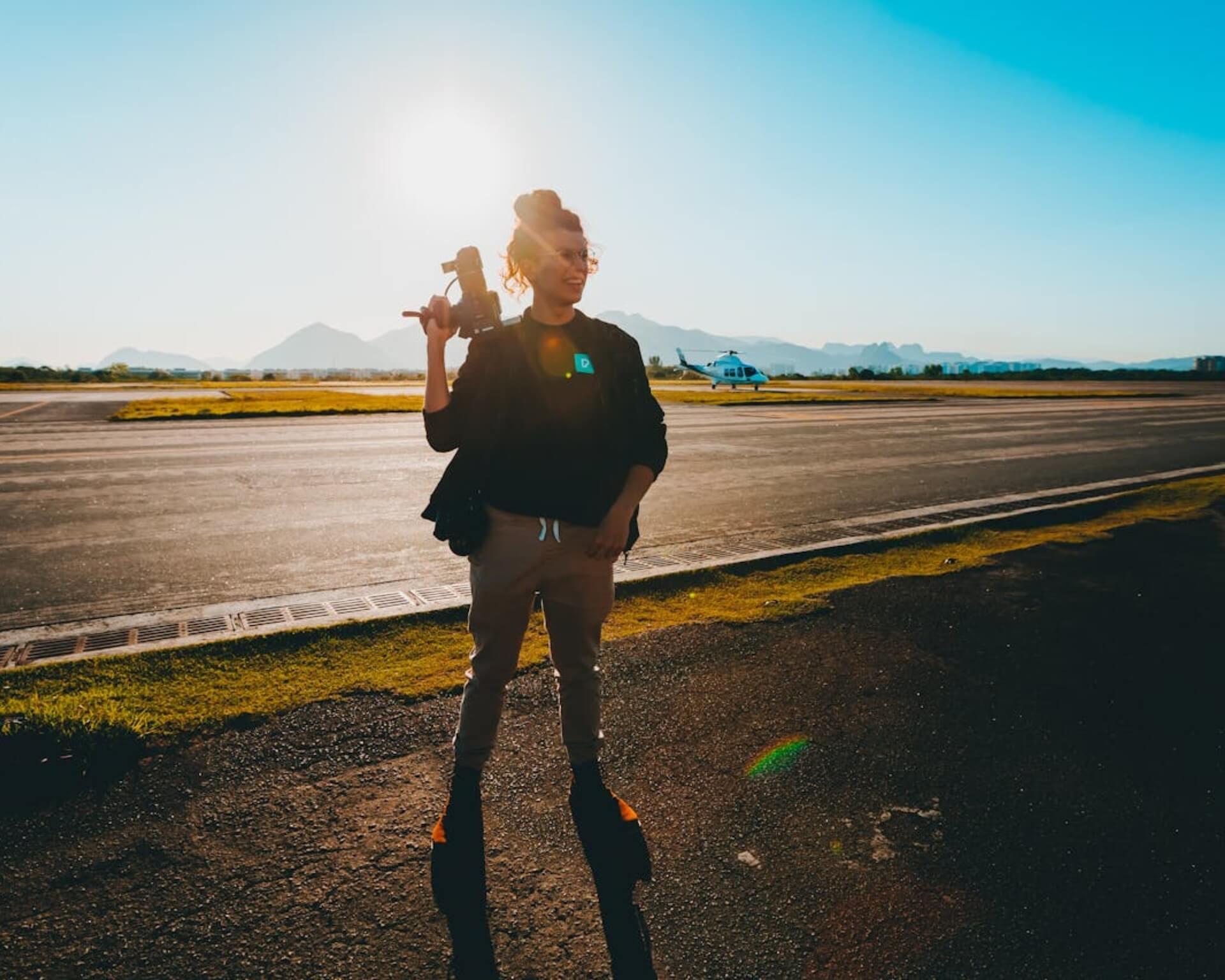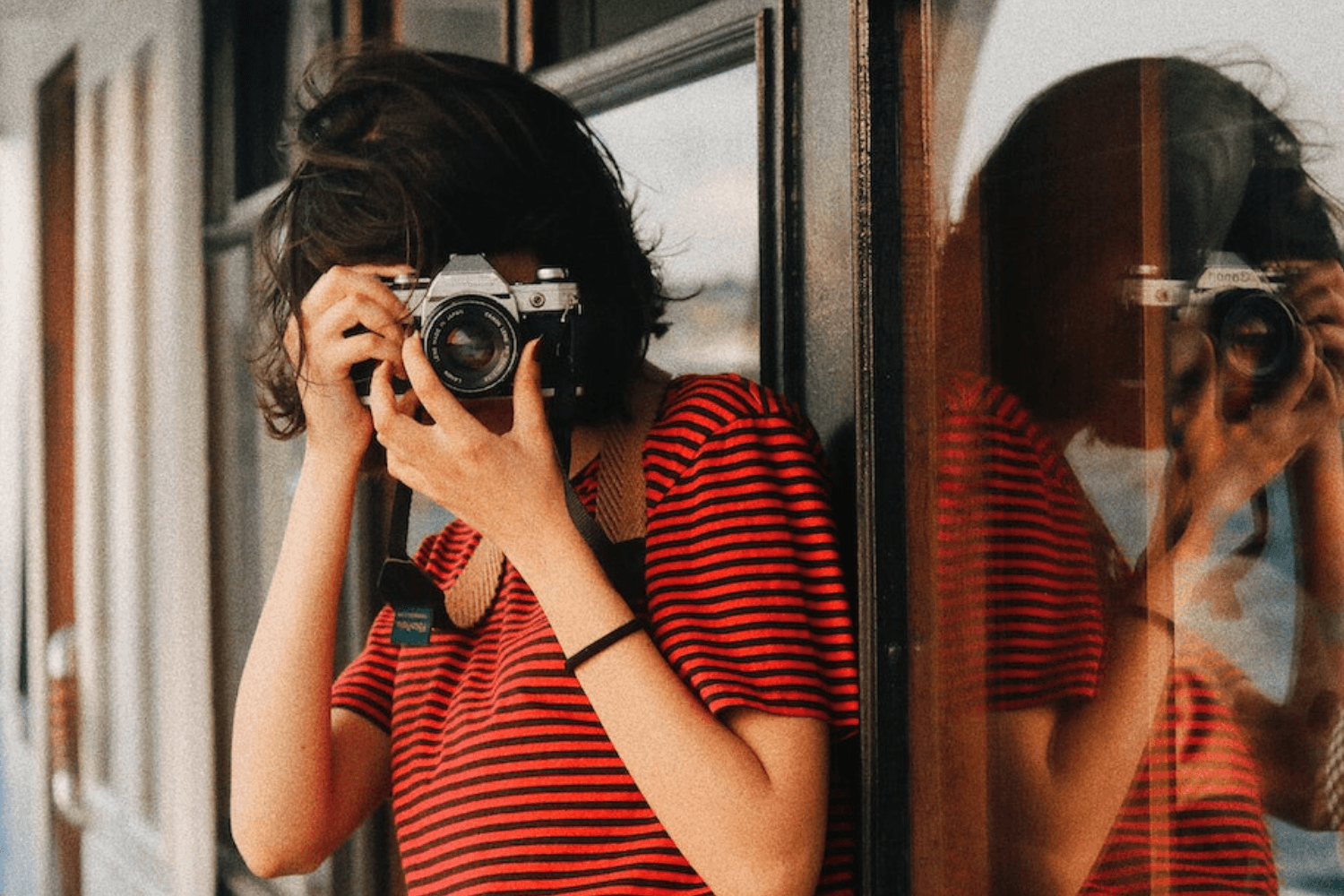5 Ways Social Media has Changed Photography
Yvan Cohen
Thu Apr 25 2024
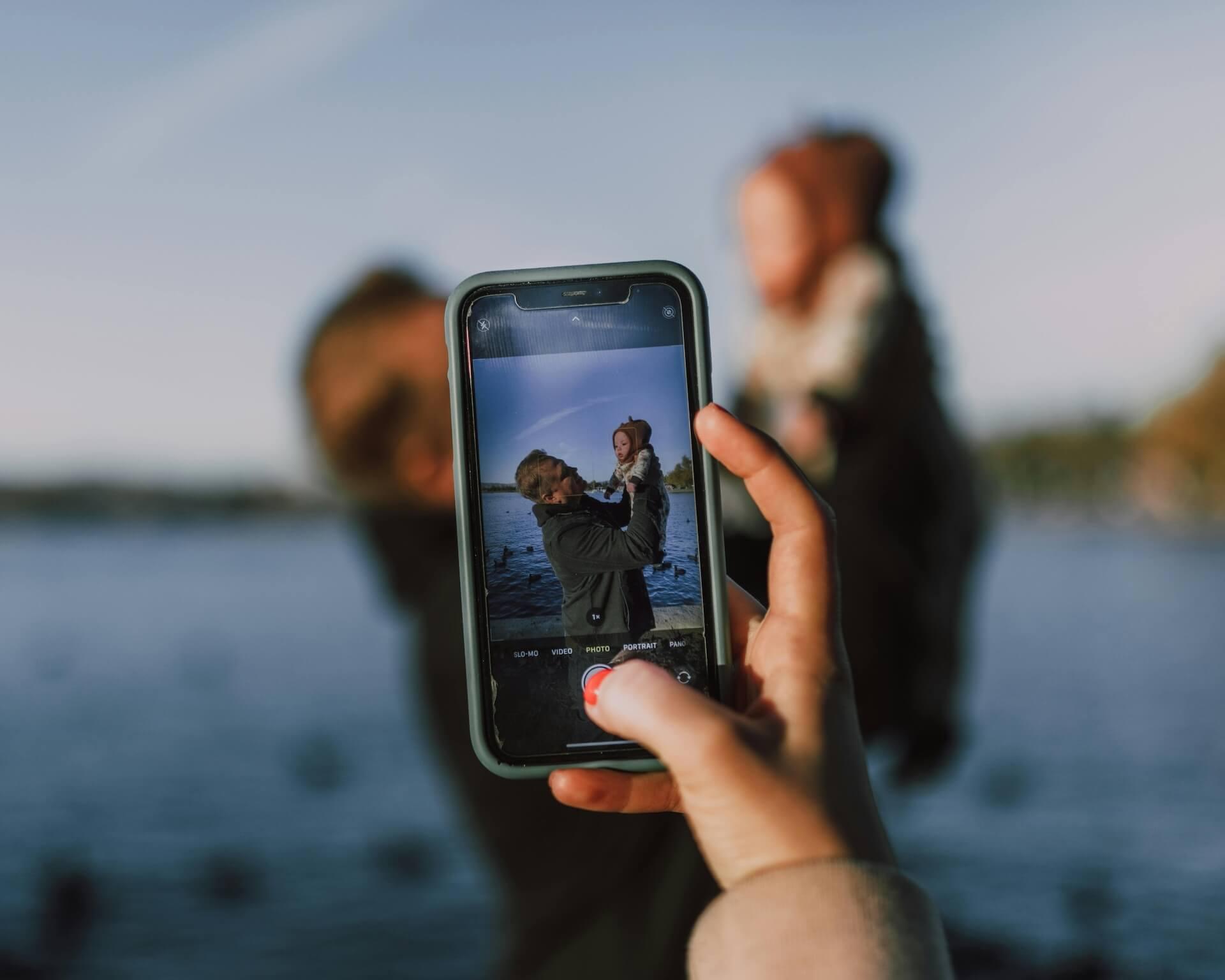
To understand how social media has changed photography, we first have to look back at where photography has come from. In the nineteenth century, when the first photographs were created using Daguerreotypes, the process was painstakingly slow and absurdly expensive. A single image could cost the equivalent of a week's wages. The equipment was also bulky and heavy.
Even so, the Daguerreotype was a revolutionary leap in our ability to create images and record the world around us. Compared to painting or drawing, it was easy and lightning fast.
Fast forward a century or so and photography has become instantaneous, cheap, portable, and accessible to almost everyone.
The number of photographs created today is mind boggling
By some estimates, up to 4.7 billion pictures are created daily, with the average person taking 20 pictures a day. That means billions of people are taking the equivalent of a traditional 36-exposure roll of film every single day.
When I was growing up in the 70s and 80s, most people would take a couple of rolls of film on holiday and hire a photographer for their wedding. Pictures were things you stuck in albums and stored in boxes in the attic.
Digital technology has triggered a tsunami of images. But it is social media, the phenomenon that began two decades ago with the creation of Facebook, that has turbo-charged our desire to create and share photographs.
In this piece, I examine five ways that social media has impacted photography. I look at how it has changed the way we see, value, create, communicate with, and understand pictures.
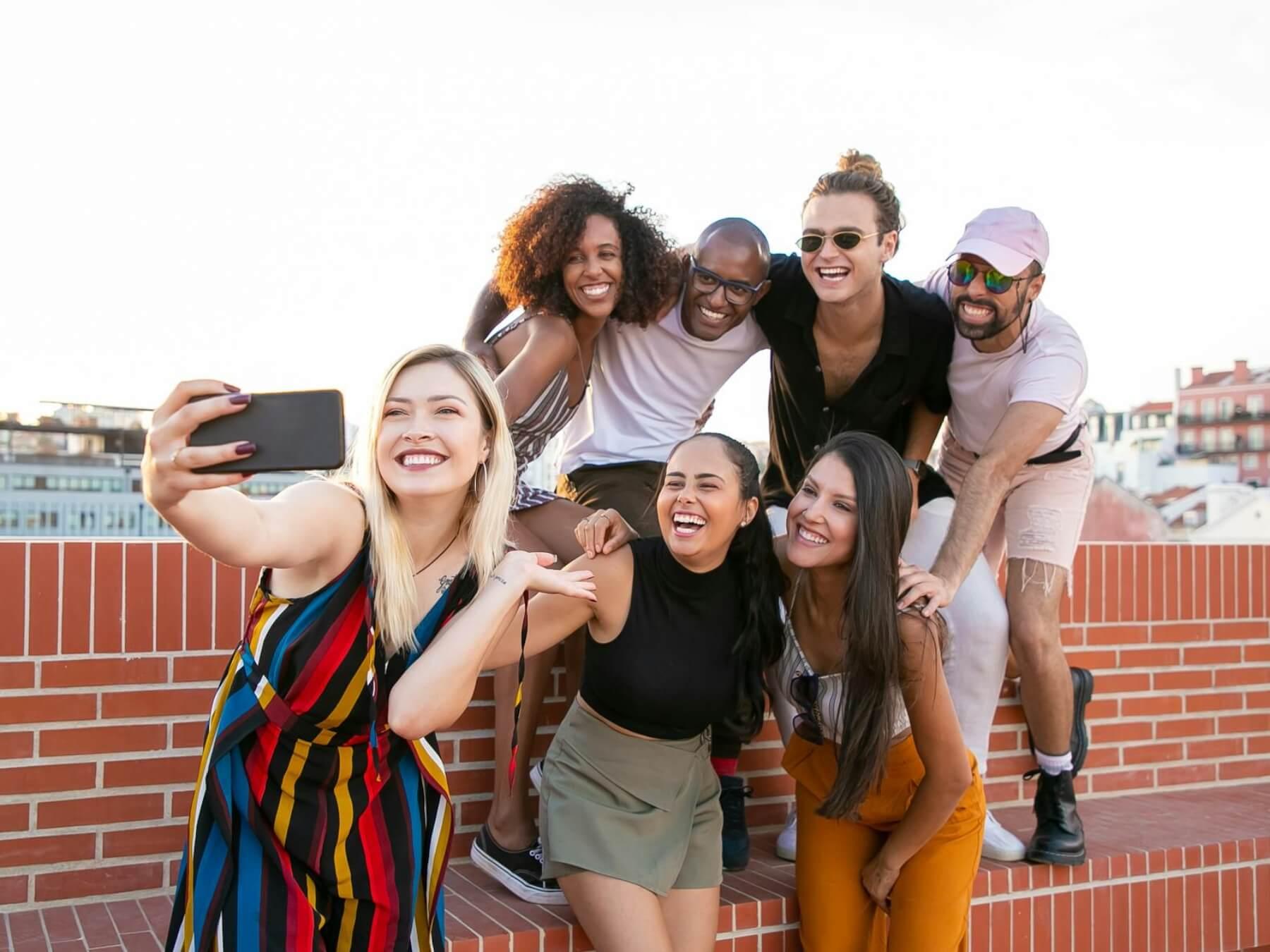 Photo by Kampus Production
Photo by Kampus Production
1. The Sharing Revolution
Digital photography made it easy for us to create photographs and the internet made it easy for us to share them.
If the Internet provided the means to share images, however, it didn't solve the problem of visibility. Just posting photos on the internet was no guarantee (and still isn't) that anybody would see them.
Enter social media which made it easy, and fun, to share photos with friends, family, and connections. Suddenly, everyone was sharing their pictures with everyone they knew and, pretty soon, even with people they didn't know.
Everybody has become an online publisher
Today everybody has become a 'publisher' online. Social media has prompted an explosion of picture sharing. Where once we may have thoughtfully pondered the merits of an image in a gallery space or in a newspaper or magazine, we now swipe mechanically through the hundreds of images that daily populate our screens, blithely clicking 'like' or 'love'.
The numbers say it all. An estimated 350 million photos are uploaded to Facebook every day. That's 250,000 photos a minute. Add Instagram for another 100 or so million images a day and we're getting close to a daily tally of half a billion images. That's without including videos on Tik Tok and so on.
 Photo by Ylanite Koppens
Photo by Ylanite Koppens
Our lives and screens are literally flooded with images. What is this doing to our brains? How can we begin to process so much imagery? How has this ocean of pictures changed our understanding and appreciation of photography?
The most obvious conclusion is that such huge volumes of images mean quality is obscured by quantity. Which is not to say beautiful and powerful pictures are not created all the time, just that it is often difficult for these images to emerge from the sea of pictures in which they are submerged.
Pictures are now considered 'content'
By their common presence, photographs have become banal and are generally devalued. The photograph has lost its specialness. What once were described as 'pictures' are now considered 'content'. This means that many photos are no longer necessarily considered as art, but rather something that fills a space on our screens and in our consciousness. Content created less to be appreciated and more to be consumed.
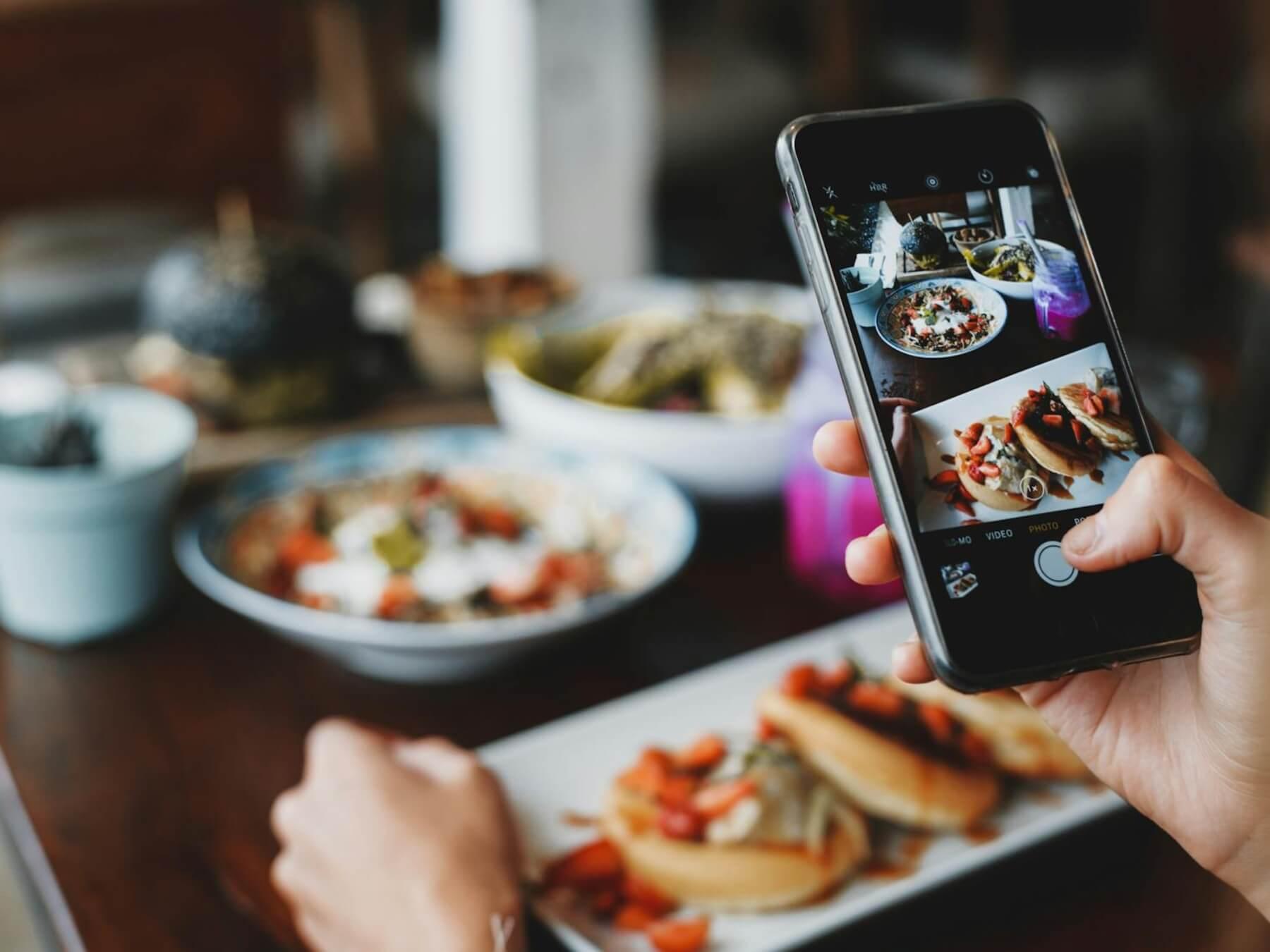 Photo by ROMAN ODINTSOV
Photo by ROMAN ODINTSOV
2. A new visual language has emerged through social media
Through social media we have begun to replace words with pictures, creating a new visual vernacular. Where once we may have verbally described a moment, a meal, or an experience, now our reflex is increasingly to snap a picture of it. Here's what I'm seeing on social media - my lunch, my view, my face, my friends.
Visual social media posts represent a new hieroglyphic language
Visual social media posts increasingly represent a new type of pictorial language that says I'm happy, I'm sad, I'm lucky and so much more. Through social media we tell our stories not in words (or at least not in so many words) but in pictures.
'A single picture is worth a thousand words,' goes the cliché. Never has it been truer. Perhaps we should rewrite the old cliché to 'a billion pictures are replacing words.'
What does this mean for photography? Simply put, it means that the space once occupied by a few camera-toting individuals, some of whom made it their profession, is now occupied by the 6.84 billion, (84% of world's population) who own smartphones.
We have, quite simply, seen it all
Our lives are filled with the visual equivalent of noisy anarchy. Our vision is cluttered by a blizzard of pictures through which it becomes ever harder to distinguish art from 'life'. Our eyes bludgeoned into a numbness that renders us increasingly insensitive to the power of imagery, making it difficult for photojournalists and visual creators to excite our interest and prick our conscience. We have, quite simply, seen it all.
Our visual vernacular risks becoming that of the lowest common denominator, where complexity is drowned out and the simplest, hardest-hitting, most instantly understandable images prevail. Nuance and art are lost to 'the storm'.
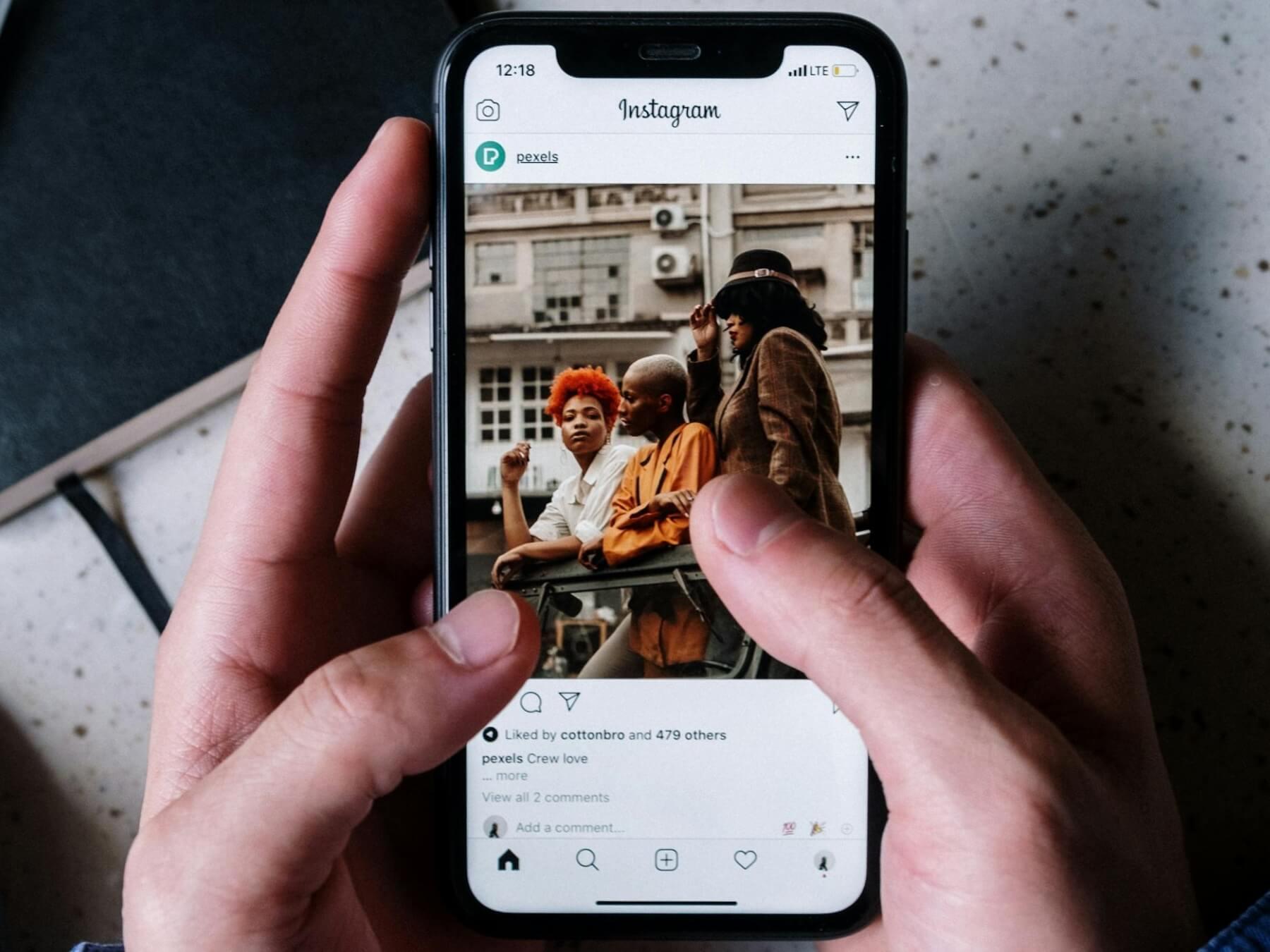 Photo by cottonbro studio
Photo by cottonbro studio
3. What role is there for photography in a social media age
If photography has become universal, if it has become a medium of daily conversation, if pictures have become as common as words and if we have become numbed by the visual storm of our social media feeds, then what has photography become? What role does it, can it, play in our lives?
Increasingly, I find myself drawn to viewing photography in the context of the gallery, by which I mean the physical space where photographs are displayed as prints. In this environment, the photograph becomes once again hallowed, elevated to the status of 'art', given prestige by being singled out for our undivided, unharried, thoughtful attention.
Has social media forced us to draw this dividing line between the ordinary, often humdrum, images we see in our feeds and those photographs we are willing to consider as special? To consider as 'art'?
As they struggle to distinguish themselves from the smartphone-toting masses, I know of many professional photographers who are seeking to redefine themselves as 'artists'. For if the sheer volume of imagery that passes before our eyes has devalued photography, it should not mean that great photographs are intrinsically less valuable or powerful. It is just harder for us to see them.
For great photographers to build a reputation and a following on social media, requires finding ways to be seen. Finding ways for one's work to be looked at differently from the billions of other images populating the same online space.
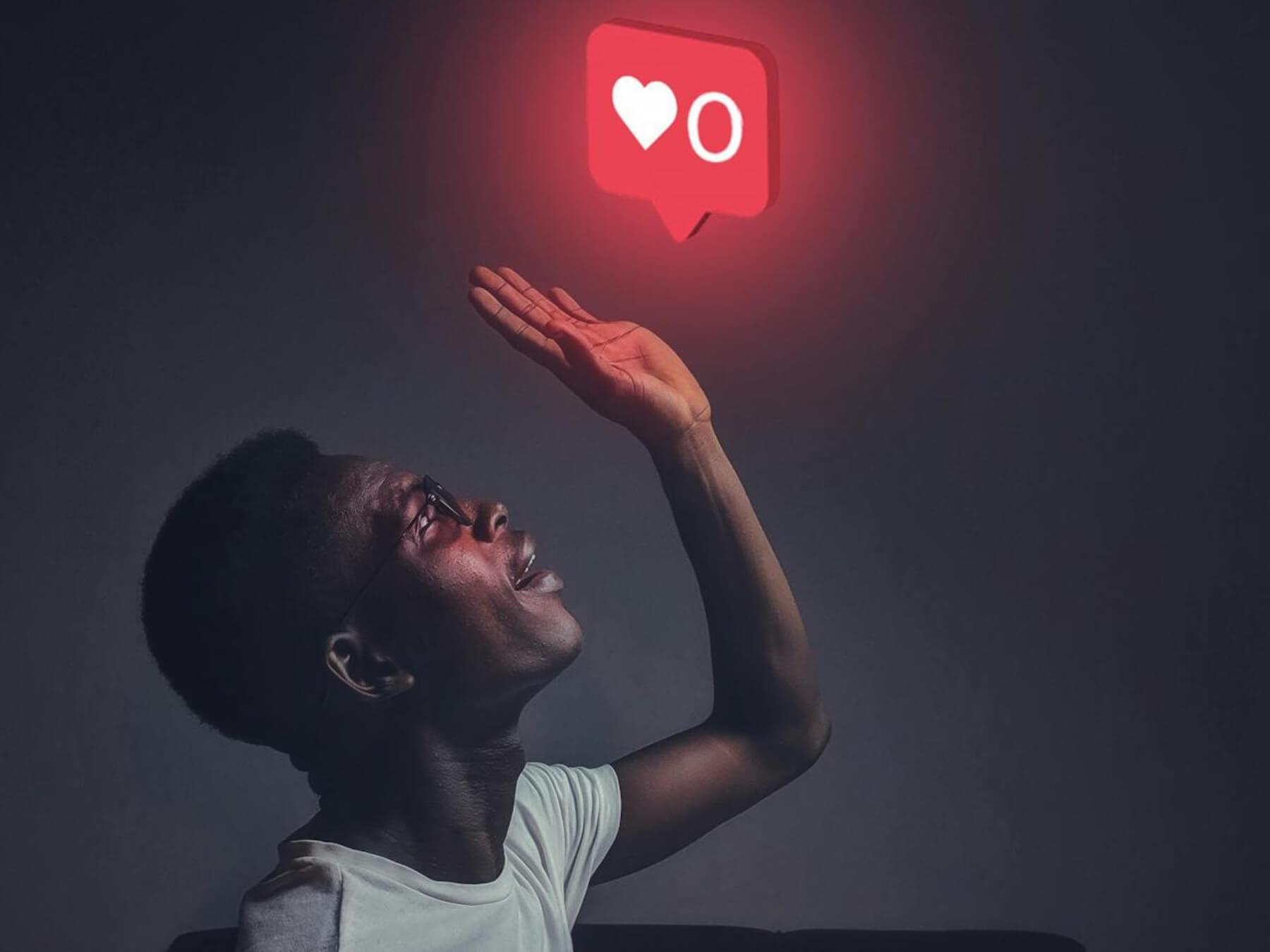 Photo by Oladimeji Ajegbile
Photo by Oladimeji Ajegbile
4. Social media as the great validator
If there's one thing social media is great for, it's feedback. Post a picture and within seconds there are likes and comments. Suddenly, however fleetingly, you feel recognized and validated. I post, therefore I am.
Granted, your friends and family are predisposed to like and comment favourably so, arguably, it isn't the most unbiased feedback one could get, but it's feedback nonetheless. There's always something to be learned from it. What works and what doesn't.
But feedback can work both ways.
If we consider that the impulses of the majority tend towards mediocrity, that most people will have little photographic culture, there is an argument that to craft one's photography expressly to get 'likes' on social media is to plunge oneself towards mediocrity.
And yet, why create pictures if they are never to be seen?
Artist and photographers create their work both as an expression of themselves and because they desire it to be seen. Social media provides an instant, ready-made audience. In the social media age, photographers never need to fear being invisible.
In this sense, the same social media that devalues photography and renders it 'common place', can also provide serious photographers with a vital audience and a degree of valuable feedback (however authentic it may, or may not, be).
Even for recognised photographers, the social media space is incredibly competitive. How many photographers do I know with thousands of followers and yet who still wait nervously for their next assignment? Wondering when, and for how much, their next picture sale will be?
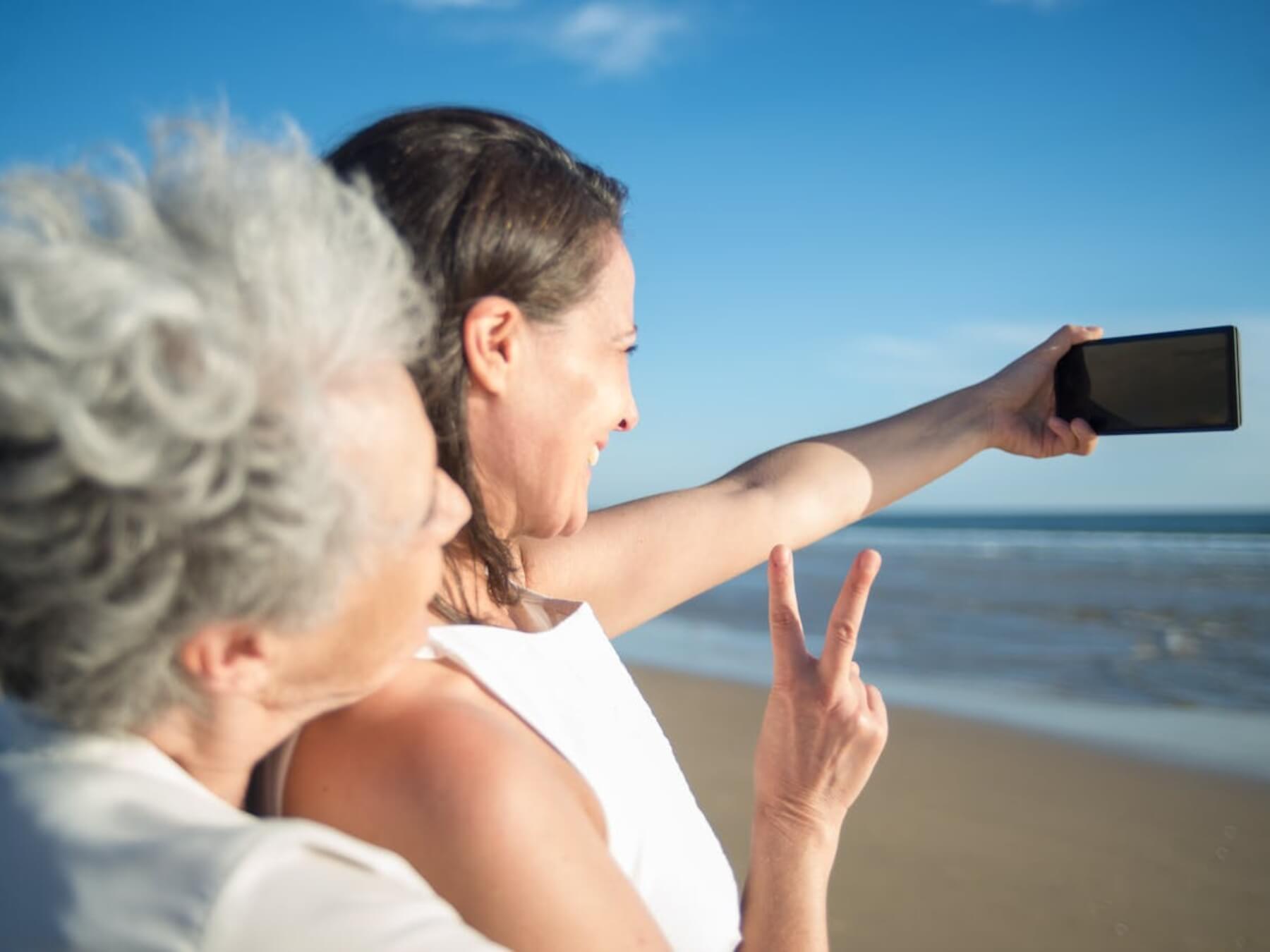 Photo by Kampus Production
Photo by Kampus Production
5. Social Media has accelerated the democratisation of photography
With the universal means to create and publish photographs, one can confidently say that the expensive and exclusive art that photography once was, has been totally democratised. Photography has become picture creation by everyone for everyone.
If access to the means of creating images - through the smartphone - has revolutionised photography, then it is fair to say that universal access to the means of publishing and sharing photography, through social media, that has made it truly democratic, in the most literal sense of the term.
When I started out as a photojournalist, the dream was to take pictures that got published, and that you got paid for, (so you could keep on doing what you loved). After an assignment, I would wait excitedly for the newspaper or magazine carrying my work to appear in the kiosks. The thrill of seeing one's photographs in print was both tremendous and satisfying. Such experiences were also the exclusive preserve of a fortunate (often male) and well-connected coterie of professionals (which created obvious and unfair barriers).
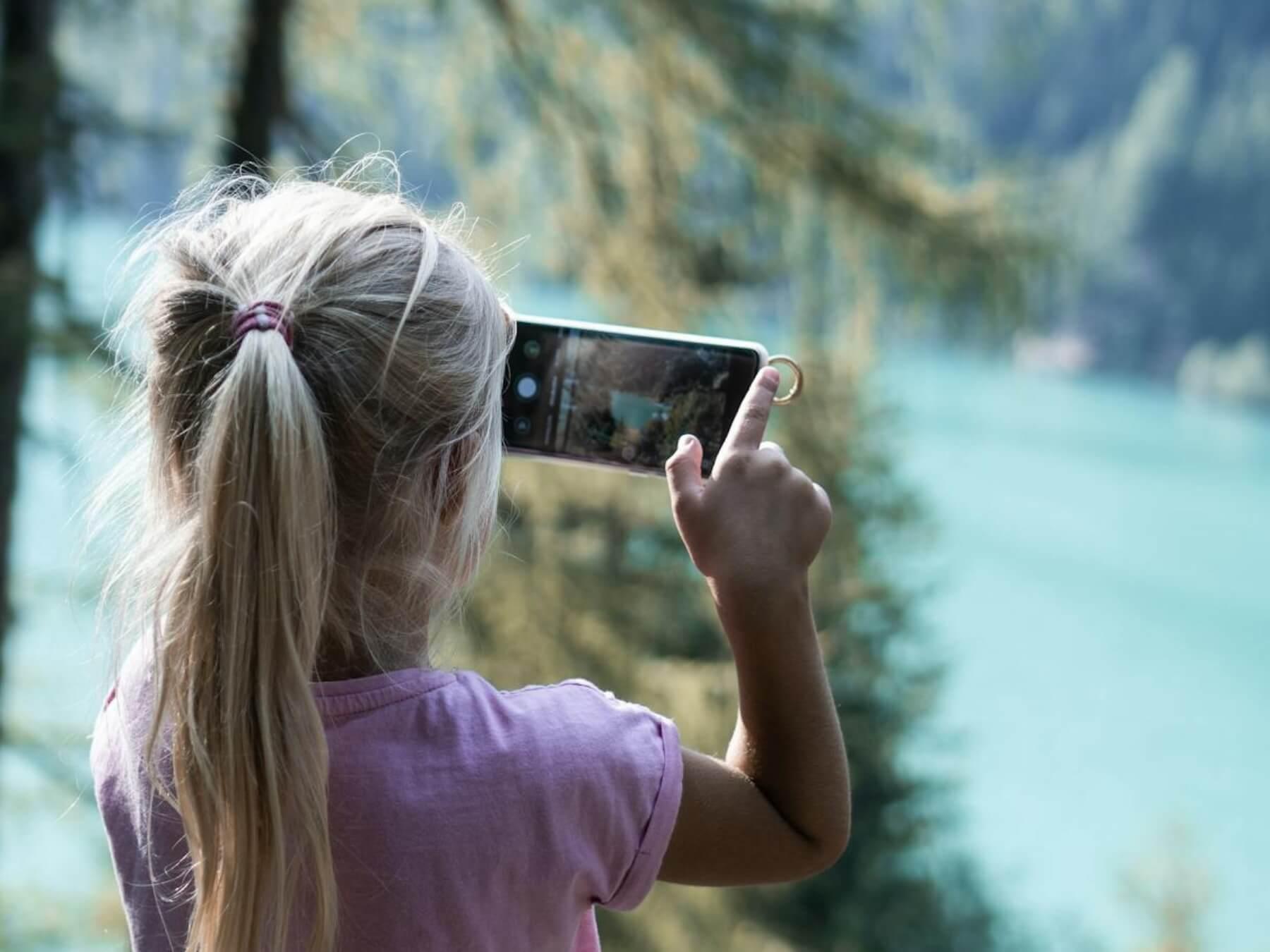 Photo by Monika Balciuniene
Photo by Monika Balciuniene
We're in an age of photography for all
Today, I can go out into the street and practice my art, take a few photographs, edit them, and post them online in a matter of hours, minutes even. When I walk the streets with my camera, I know that everyone around me also has a camera. Everyone is taking pictures and publishing them instantly. Gone is the exclusivity, the anticipation, and the prestige. We are in an age of photography for all.
One naturally leans towards the idea that anything becoming more democratic is automatically improved, or at least fairer. The democratisation of photography has surely made access to our art much broader and fairer, which is a great thing.
But more photographers also means more competition which, in theory at least, should also be a good thing because it forces us all to work harder and to take better pictures. And yet, for many of the reasons I have outlined above, the democratisation of photography, especially through social media, has also been chaotic and overwhelming. While photography may have become more democratic in terms of access and participation, it has also become much harder for those who have a career in photography to earn a liveable income.
Written by Yvan Cohen | Yvan has been a photojournalist for over 30 years. He's a co-founder of LightRocket and continues to shoot photo and video projects around South East Asia.
Cover image by RDNE Stock project
To read more helpful articles on photography, check out our blog page.
Join our growing photographer community at LightRocket and get powerful archive management and website building tools for free!
